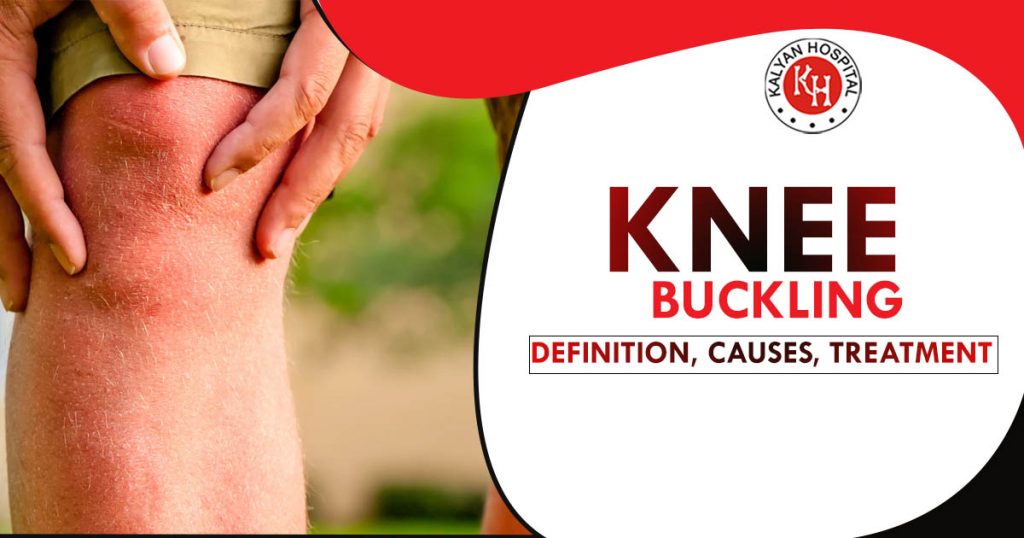[vc_row][vc_column][vc_column_text]Every person keeps meeting with some major or minor injuries throughout the course of his/her life. While some injuries are easily curable, some require medication, and others require some medical treatment. Any part of the body may be injured during an injury such as the knee.
What is knee buckling?
Damage or injury to the knee is known as knee buckling. It increases the risk of falling as the knee becomes less potential to bear the weight of the body. It can also increase the time of recovery of other knee problems if any.
Who is affected?
Knee buckling can affect a person of any age and all fitness levels. However, it is most common among adults. A study reported that 11.8% adults of any age between 36-94 face knee buckling in a period of 3 months.
Causes
The below-mentioned factors can contribute to knee buckling:
- Arthritis: Arthritis is a condition of the joint pain and instability of the knees.
- Torn meniscus: it interrupts the normal working of the knee.
- Trapping of any fragment of bone or cartilage between the bones.
- Torn ligament: it can be because of a sudden blow to the knees or sudden twisting motion.
Treatment
Knee buckling can be treated by the following:
- RICE: it stands for rest, ice, compression, and elevation. This treatment is commonly used at home for minor knee injuries. The knee pain treatment can be given by resting it, applying ice to the affected areas, compressing it with a soft dressing, and keeping it as elevated as possible.
- NSAIDs: it stands for nonsteroidal anti-inflammatory drugs. This includes aspirin, ibuprofen, and naproxen. They reduce pain and swelling around the knee area due to knee buckling. However, they should be taken only after consultation with the ortho doctor.
- Support: support can be given to injured knee with the help of bandages, braces, or physical therapy. This helps to release the pressure on the knee and promote healing by strengthening the muscles.
- Surgery: those who have met with severe injury or damage to the knee may require surgery for correction of tendons, ligaments, and cartilage and for realignment of the kneecap.
The knee-buckling is not a serious issue, but it should not be overlooked as the movement of the legs totally rests on the knees. Ignoring the knee injury can aggravate the issue leading to any surgical procedure. Thus, it is advisable to immediately consult an ortho to analyze the exact condition and course of treatment.[/vc_column_text][/vc_column][/vc_row]



























